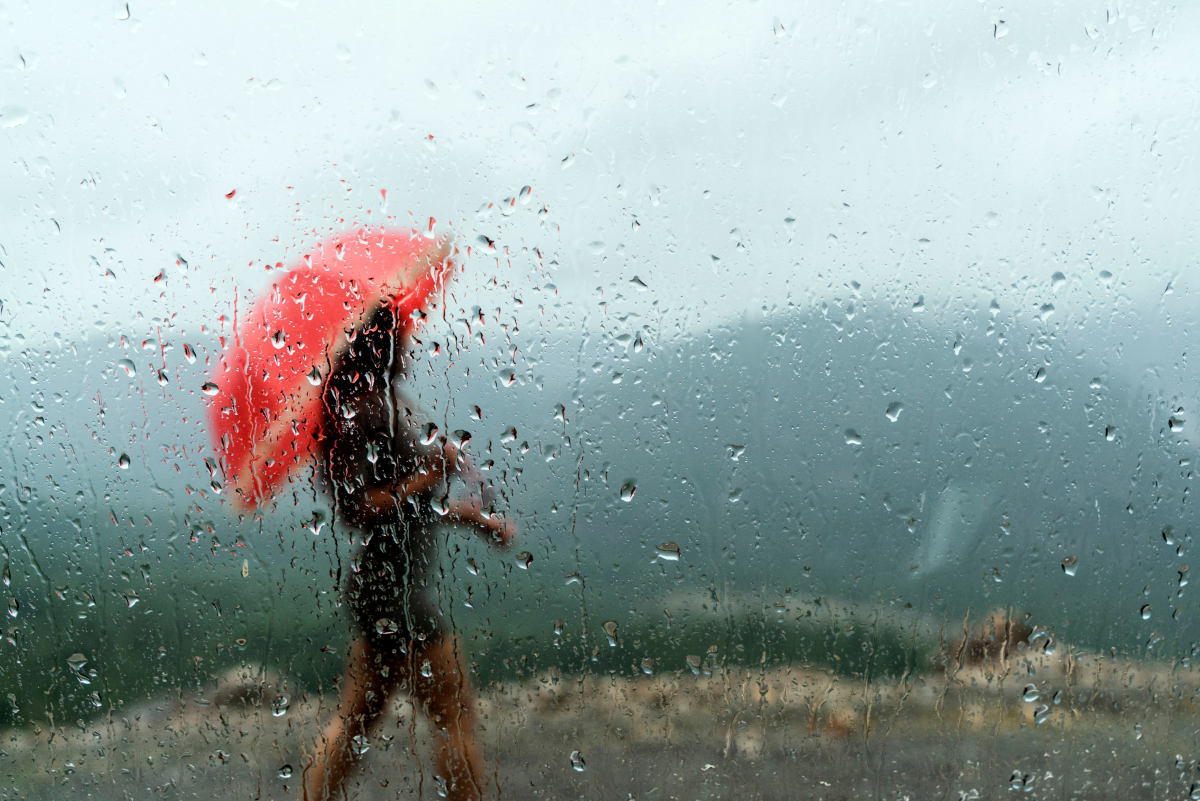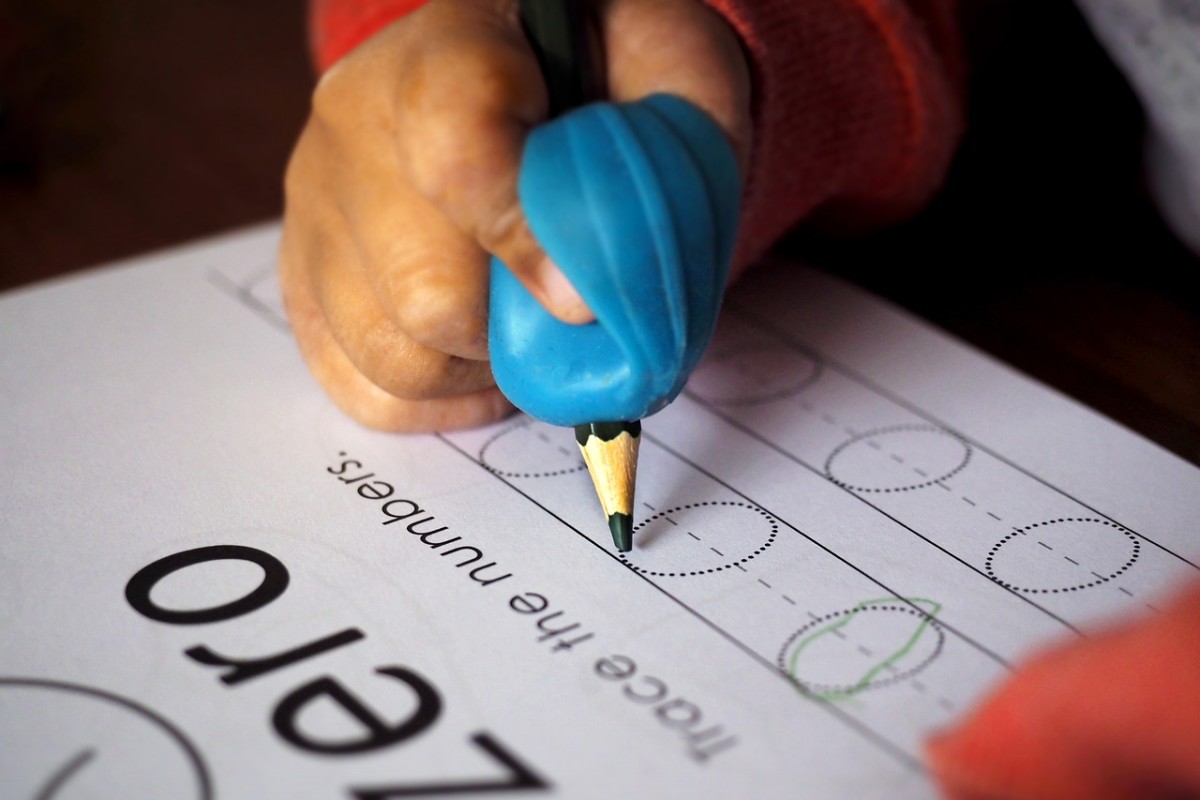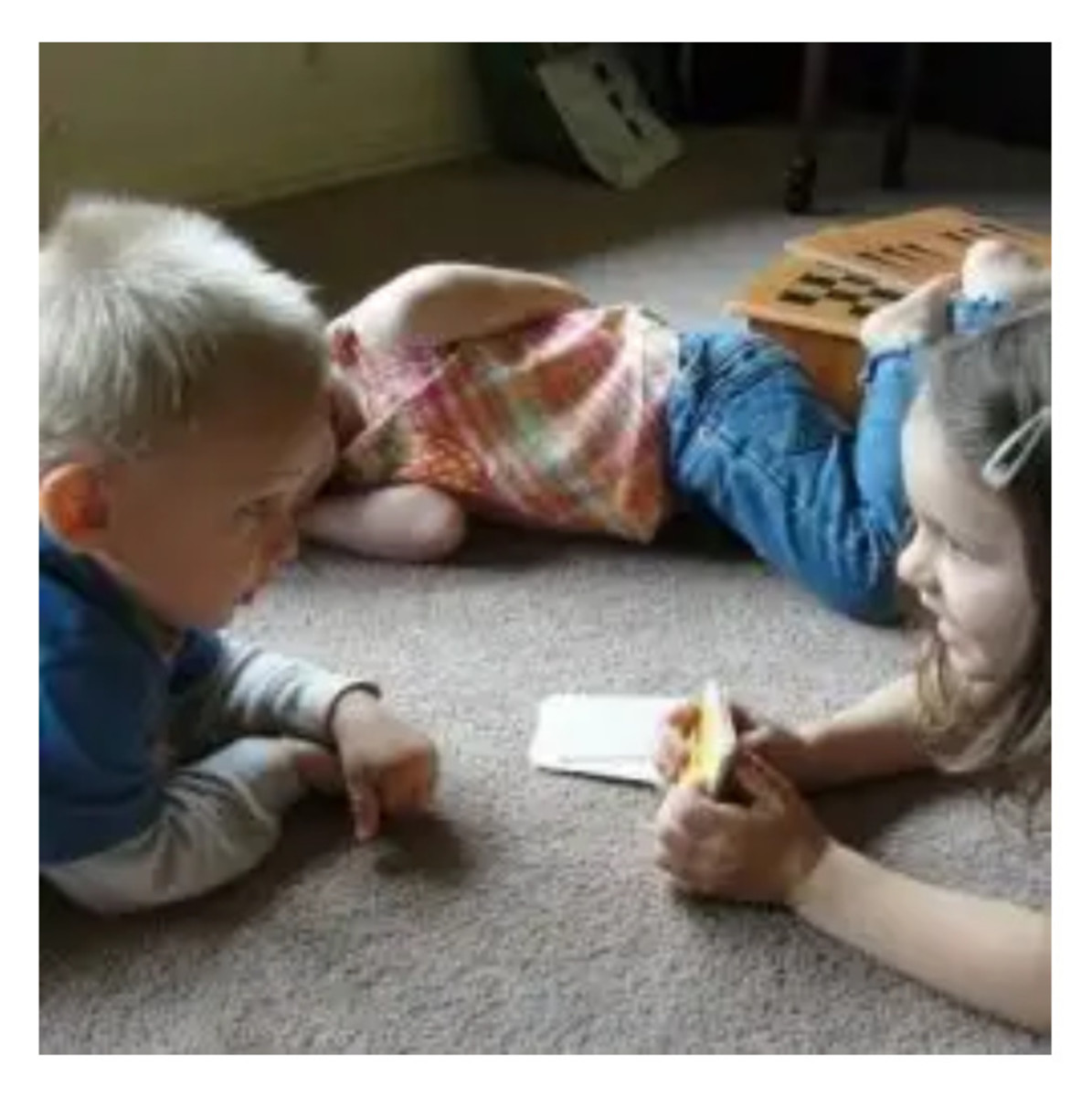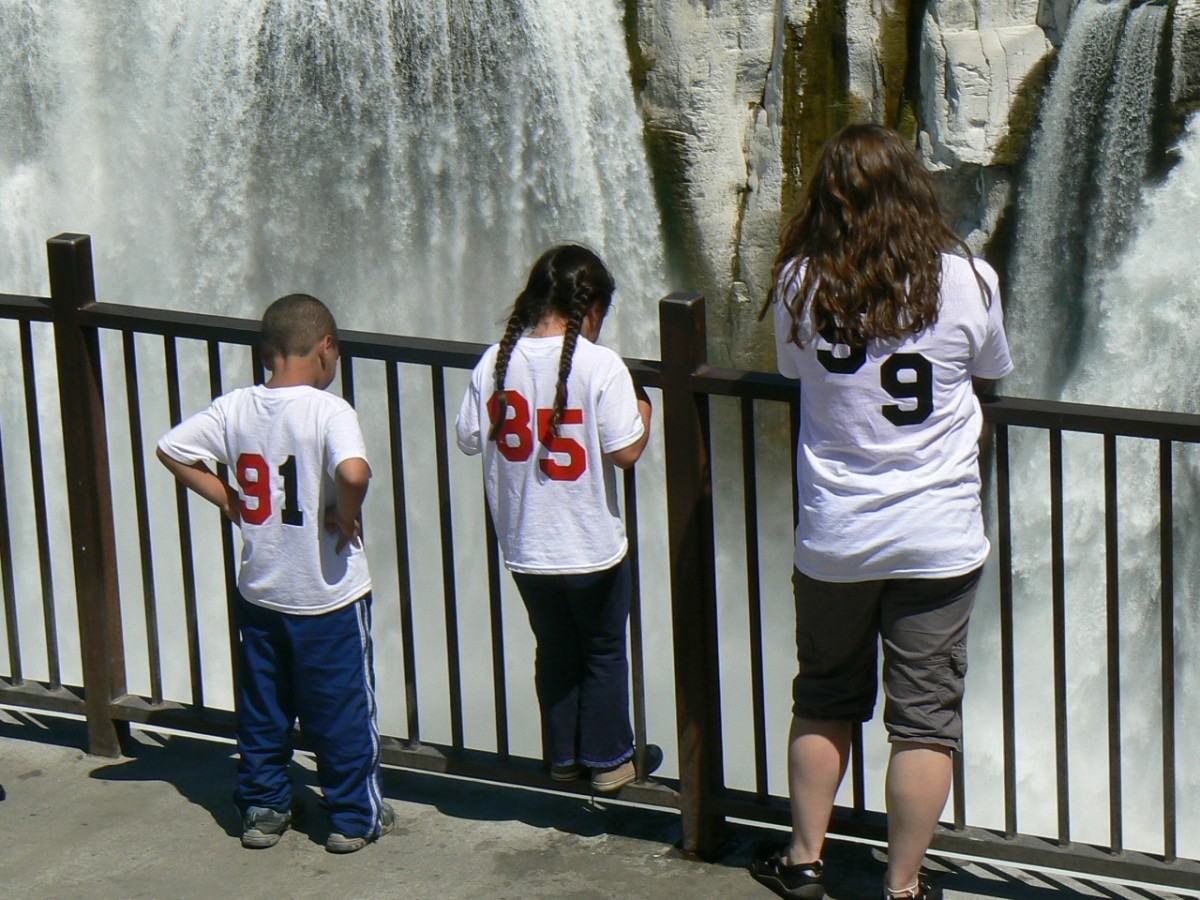More Rainy Day Activities

Image Courtesy of:
For more indoor activity ideas, try these books:
For stories for children, try these books:
More Rain, More Indoor Play
Spring has sprung, and so has the well of water – it’s grey out and the rain just keeps coming down. We all need the rain, especially the flora and fauna around us, but that can pose a problem of how to entertain our children. What can we do indoors on these wet days? What can we do indoors, day after day? Good questions, but I have a few more ideas that are in addition to my original hub Rainy Day Activities, which can be found at http://hubpages.com/hub/Rainy-Day-Activities .
Children love to be in the kitchen. They love to cook and bake. For them, there is nothing more satisfying that partaking in an adventure that they can start, finish, and best of all, EAT!
First, plan a simple menu. For example, lunch with a simple dessert. The lunch menu will consist of egg salad sandwiches on whole grain bread complimented with raw vegetable sticks and a dip. For dessert, a fresh fruit salad with ice cream on the side.
Very young children can help by washing the fruit and the vegetables. Their little hands are great for plucking grapes off the vine, and they enjoy the task while popping a few sweet grapes into their mouths. Young children, who have good dexterity and understanding of safety, love to peel with a good vegetable peeler or with their hands. They can help by peeling carrots, apples, oranges, pears, and kiwis. They are also capable of peeling the soft boiled eggs for the sandwiches. They can then use an egg slicer and prepare the eggs for the sandwiches. Older children, who have good control of their hands, can cut vegetables and fruit. Apples can be sliced by using an apple slicer. Vegetables and fruit should be cut in half first and then have the flat side placed down on the cutting surface to prevent rolling and accidental cuts to fingers. You can teach and supervise older children in making the egg salad filling and making the sandwiches. The presentation of the food can be done by a combined effort of all those who were involved in making the meal. Don’t forget to “oooo” and “aaahhhh” at their wonderful meal.
Baking is a great way to teach chemistry and mathematics to children. Choose simple favourites that allow them to measure, mix and place into baking forms or onto baking sheets. Gather all the decorating items, such as sprinkles, stars, dots, gel writers, candles, letters, piping bags and tips, and icing. Let them ice and then decorate to their hearts content. You can create themes or just let them create their own originals.
Rainy indoor days are great for crafting. You can purchase kits from a variety of stores or you can create your own kits. If you choose to create your own, include on your list of staple items glue, popsicle sticks, embellishments, feathers, fabric, foam (sheets and die cut shapes), acrylic paints, paint brushes, palette, stencils, pencils, markers (permanent and water based), construction paper, tempera paint, water color paper, tape, scissors and anything else that might help enhance your kit. Choose a theme for each kit and put the supplies into a zippered plastic bag and label. An example of a themed kit is animal masks. These are easy to make and require the following materials: white paper plates, hole punch, thin elastics (the kind you use for sewing), markers, googly eyes, pipe cleaners, construction paper, scissors, and fabric. Choose an animal, such as a lion. Mark on the mask where the child’s eyes are. Cut out the eyes. Using pencil and markers, sketch in the details of the lion and fill in with the markers. Use fabric or string around the frame of the mask to imitate the lion’s mane. Add fabric ears. Decorate the mask using embellishments for eyes, nose, whiskers and any other detail. Use the hole punch and punch out two holes, one on each side of the mask. Thread one end of the elastic and tie until secure. Do the same on the other side.
If you are faced with several days indoors, you can expand on the animal mask theme by reading a story. After reading the story, have each child pick a favourite character and create the mask for that character. Then, have an older peer or yourself, prepare a simple script for the children to follow. The whole group can participate to present a stage play based on the story that they have read. In addition to this, they can help create, make and decorate the stage props. Then, have them present the play to parents, family and friends. This is one activity that they will talk about for many years!










